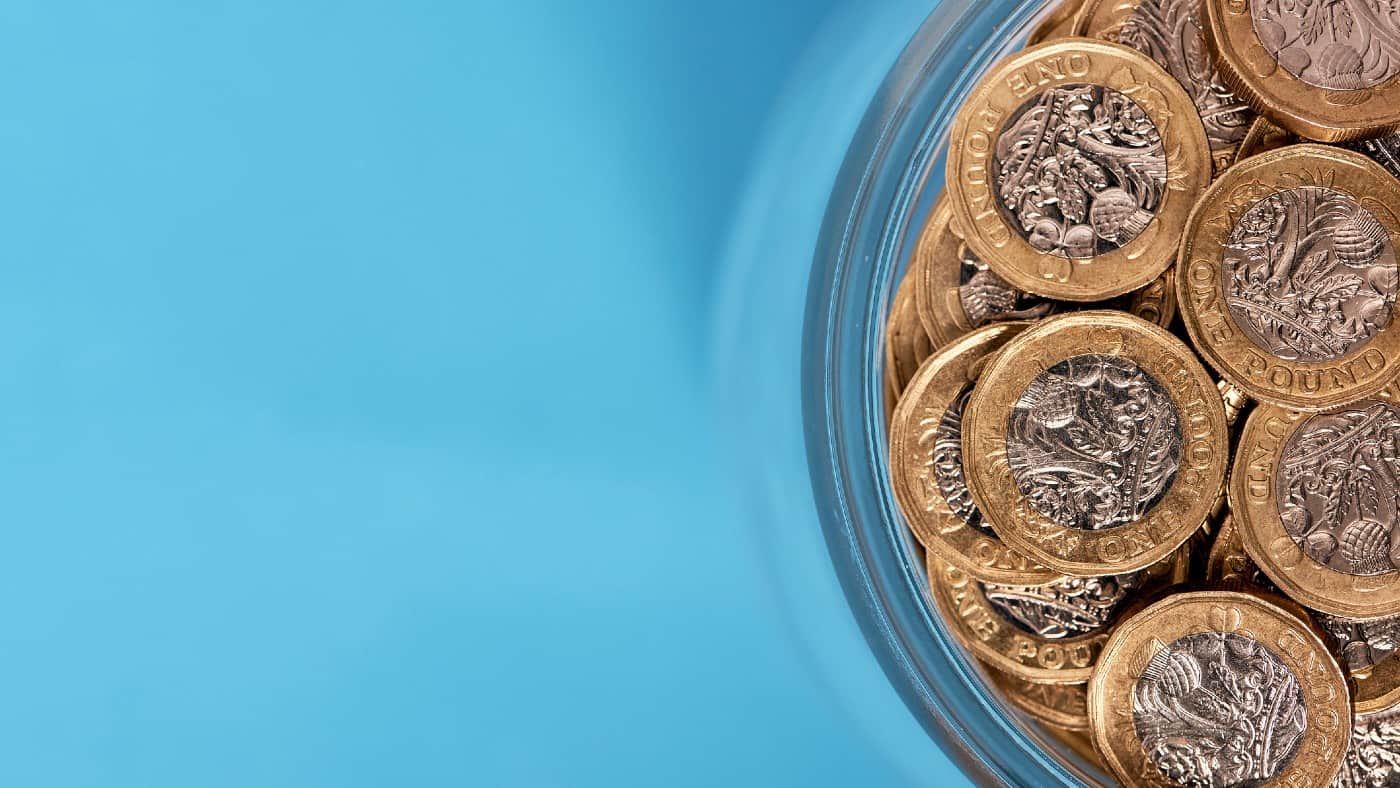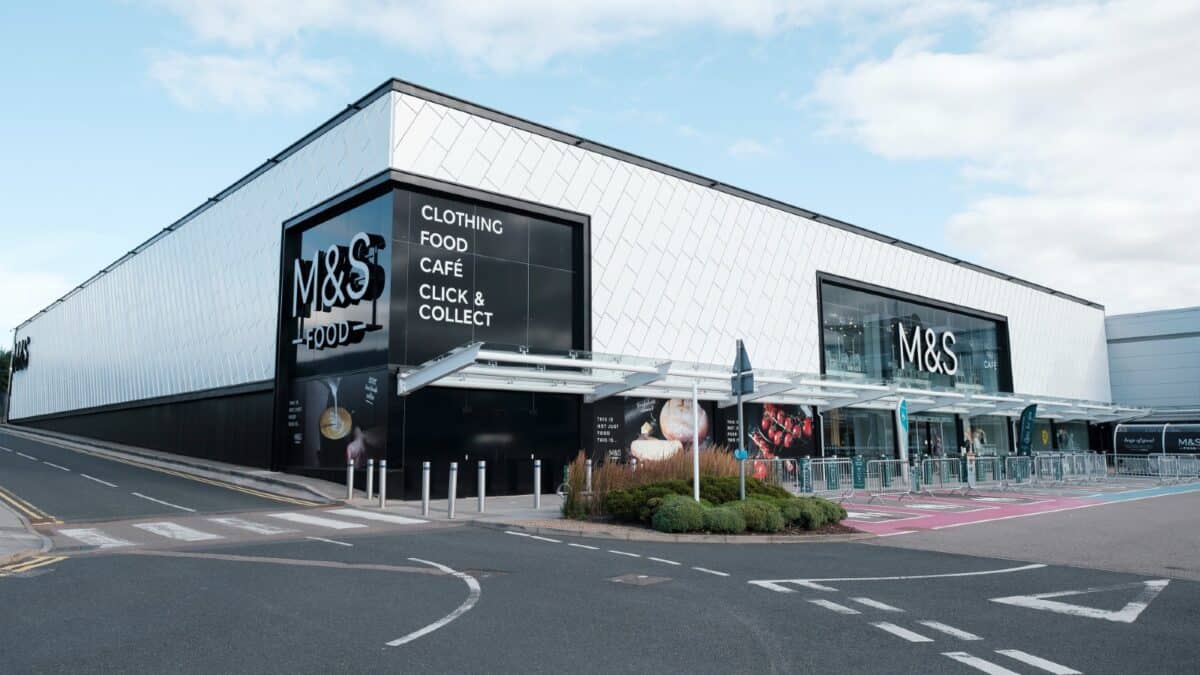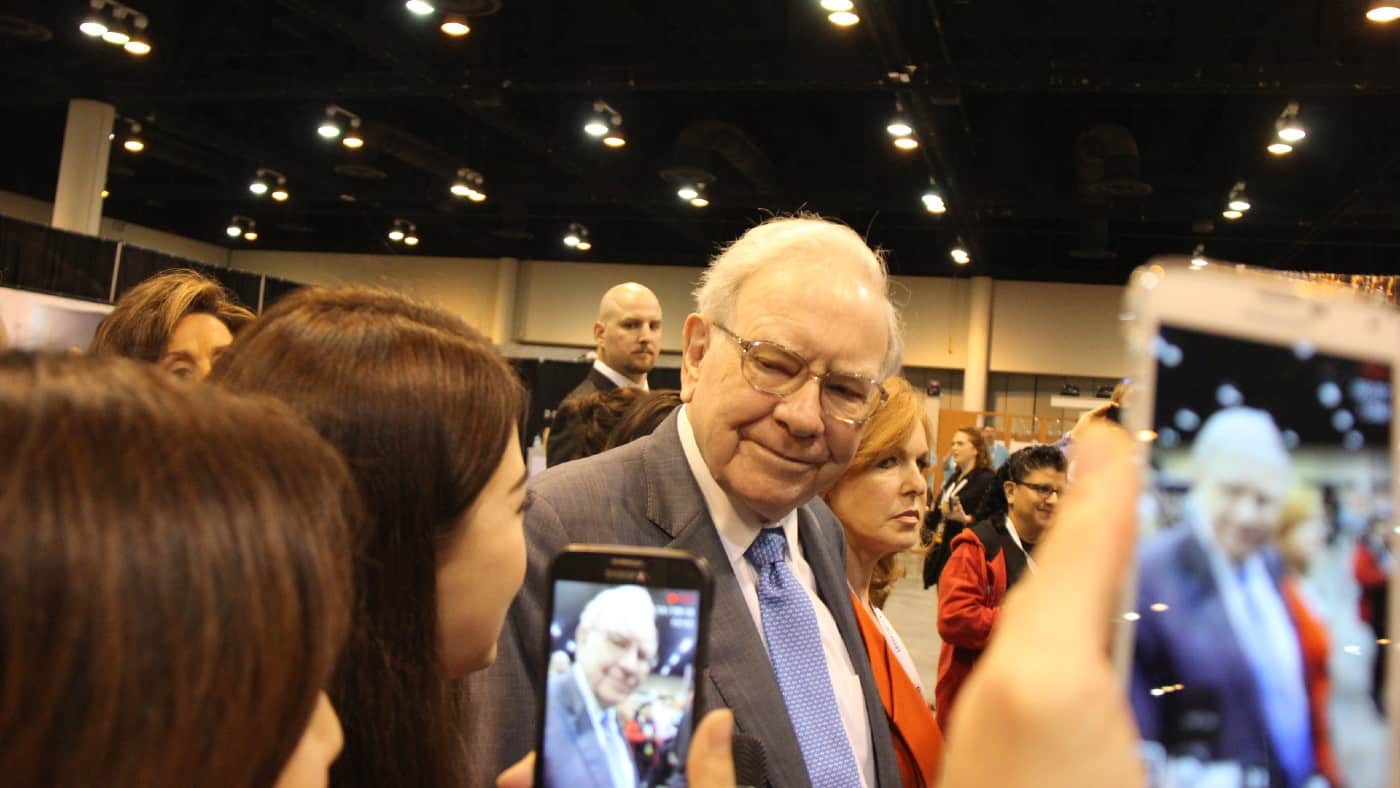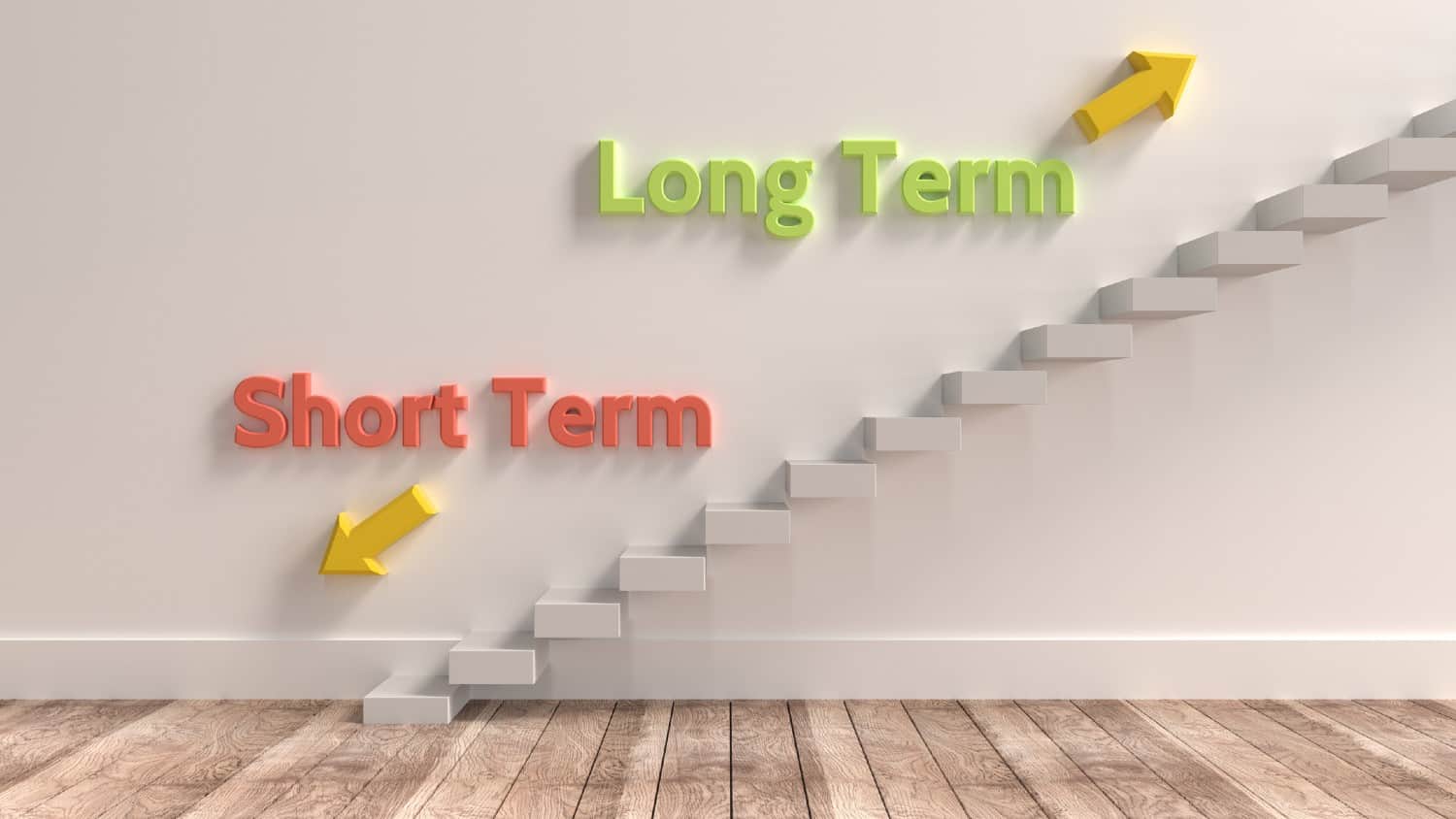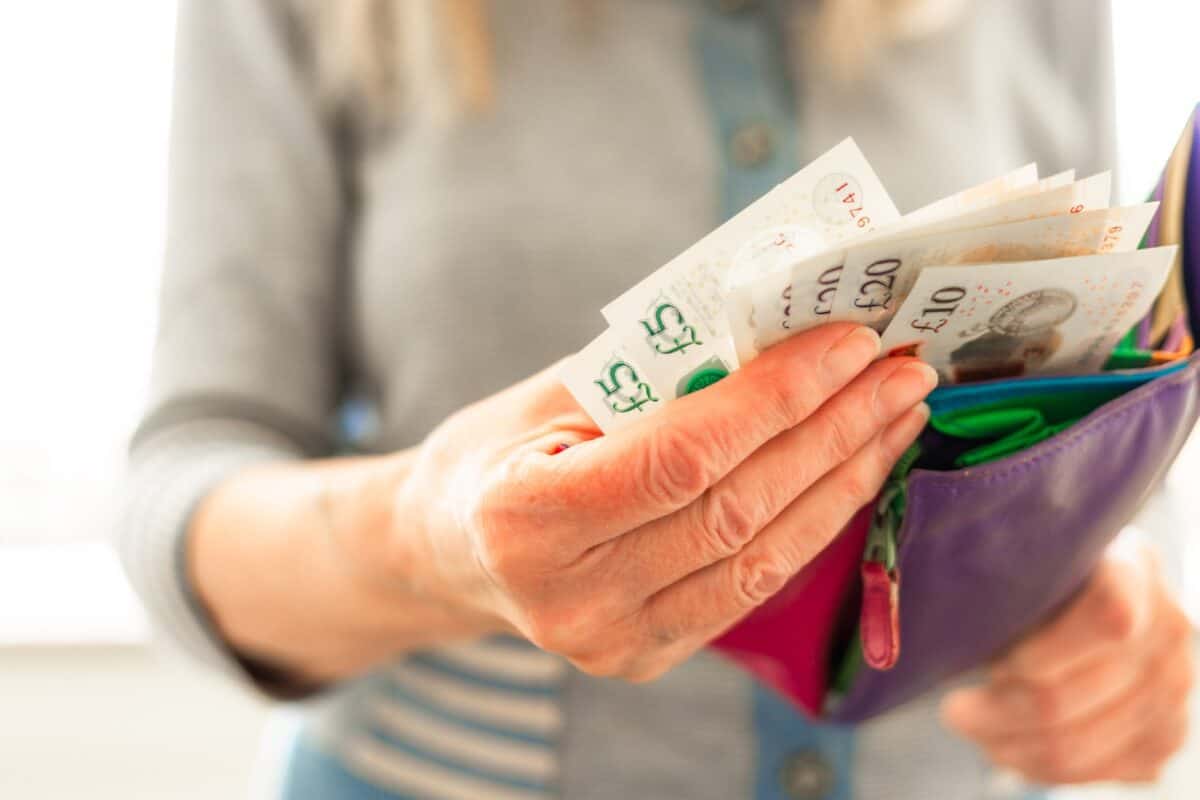Image source: Getty Images
With interest rates expected to come down later this year, passive income is going to be harder to come by for investors. So I’d take the opportunity to lock in a 6.75% dividend yield while I can.
A high yield can often be a sign that investors think a stock is unusually risky. But in this case, I think investors are more concerned than they need to be.
A UK REIT to consider buying
Primary Health Properties (LSE:PHP) is a real estate investment trust (REIT) that owns and leases 513 buildings across the UK and Ireland. Its largest tenant is the NHS.
As with REITs in general, the company distributes its taxable income as dividends. And those payouts to shareholders have increased steadily over the last couple of decades as rents increase.
A 6.75% yield is certainly eye-catching. Investing £1,000 per month at that rate for 10 years would result in a portfolio generating around £9,000 per year in passive income.
With its income largely coming from the government, the risk of a rent default looks low. So what are the risks being reflected in the unusually large dividend yield?
Please note that tax treatment depends on the individual circumstances of each client and may be subject to change in future. The content in this article is provided for information purposes only. It is not intended to be, neither does it constitute, any form of tax advice.
Debt
At around £1.35bn, the biggest risk is probably the company’s debt. On average, this has around six years to maturity, but if interest rates make refinancing impossible, the firm will have to pay it down.
This will involve issuing new shares. At today’s prices, paying down its debt in full would involve Primary Health Properties roughly doubling its share count, causing the dividend yield to halve.
As I see it, that’s pretty much a worst-case scenario. And if the dividend per share increases for six years and then halves, I think I could still be looking at a 3.5% yield when all is said and done.
While that would be a significant drop, it’s still higher than a number of other respectable dividend stocks. And with the firm’s ability to increase its rent consistently, I’m expecting this to keep growing.
Election
The other big risk is a possible change in government. A different party in charge in the UK might want to reassess the NHS’s ongoing commitments to a private business.
There are a couple of things to consider with this risk, though. The first is that over 75% of the company’s leases have more than five years left to run, so nothing is likely to happen immediately.
The second is that demand for primary care isn’t going to evaporate. So the firm’s assets are going to be in high demand, even if Primary Health Properties doesn’t own them.
With the stock trading below the value of its assets, nationalising them would mean shareholders stand to benefit from being bought out by the government. So the risk here also looks limited to me.
Risks and rewards
There are clear risks with Primary Health Properties. But I think the stock could be a good investment even if some of its dangers manifest themselves.
In the meantime, a 6.75% dividend yield is an attractive potential return. That’s why I’m looking to buy it for my portfolio in April.
Credit: Source link

